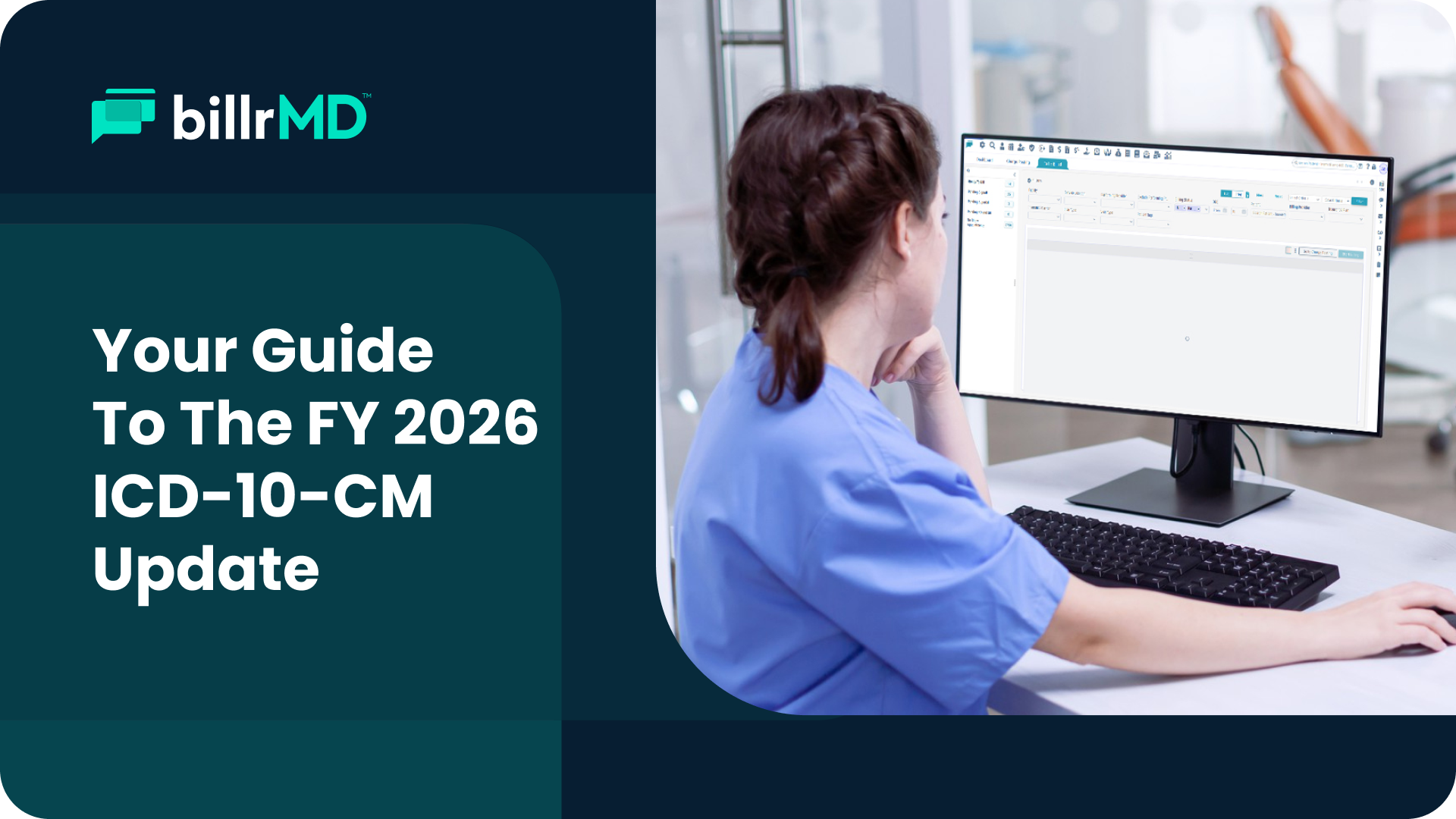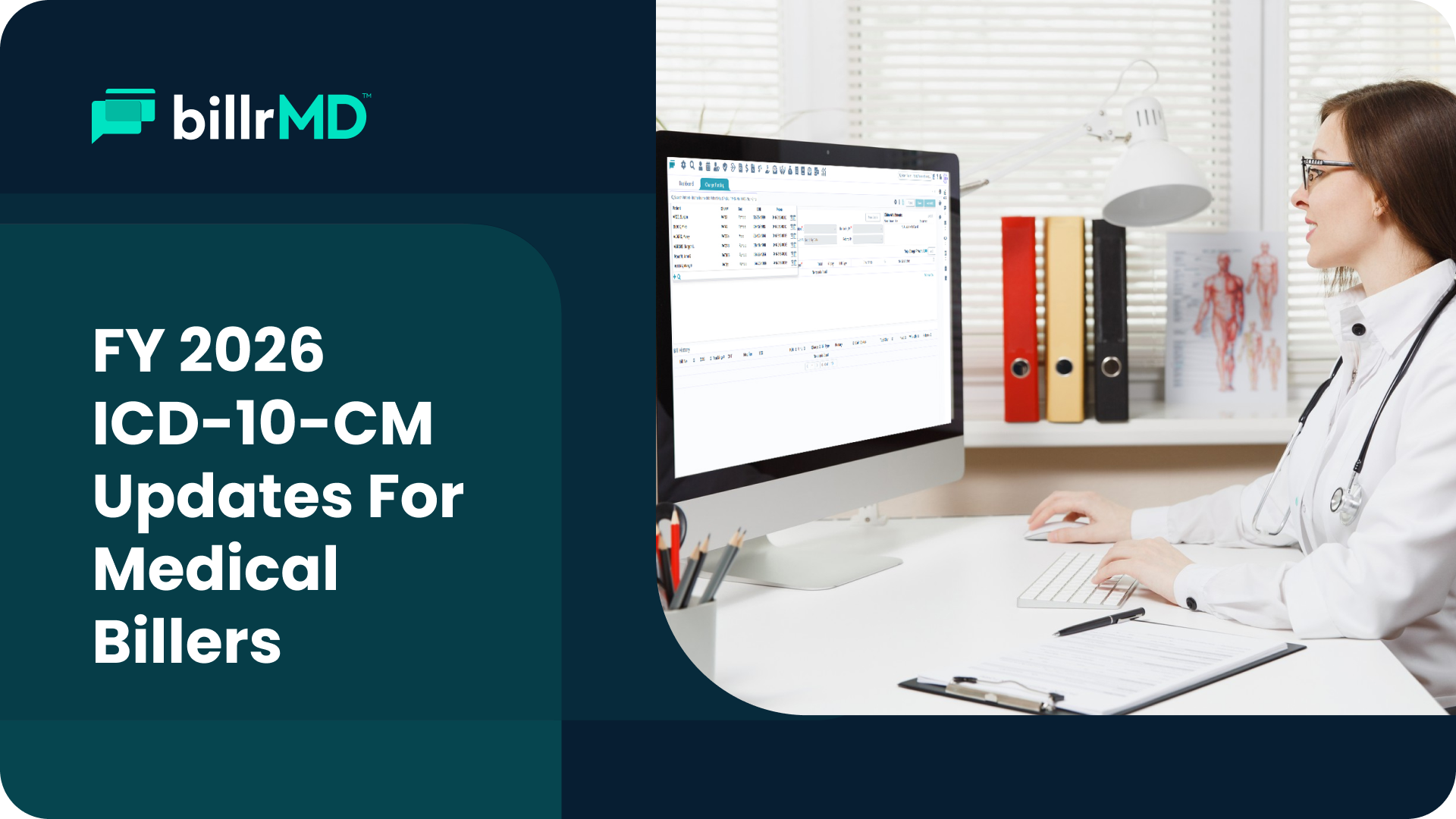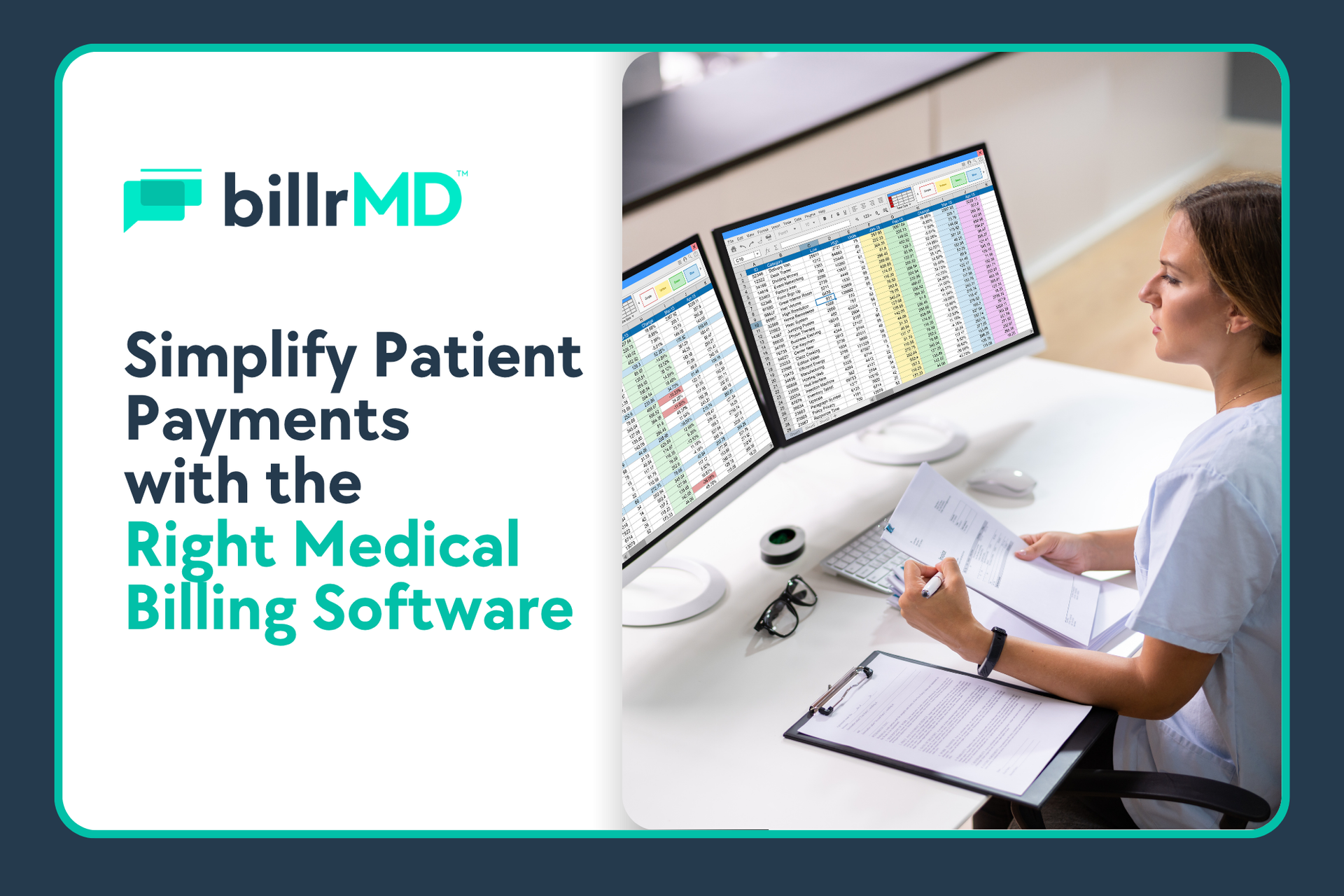Prior Authorization Changes Every Medical Biller Should Know

Spurred by the real-world impact on patients and backed by the American Medical Association (AMA), reforms to prior authorization (PA) processes are now in motion.
From major requirement changes to updated payer rules in 2025, navigating these developments can feel overwhelming without the right systems in place.
In this article, we’ll break down what’s new in prior authorization for
medical billing, what that means for your practice, and how powerful medical billing software solutions (like
billrMD) can help you stay compliant and profitable.
What’s Changing in Prior Authorization Processes?
State legislators have been from multiple angles since 2024. As a result, the prior authorization system is undergoing one of its most significant transformations in years. Here’s a breakdown of the five key priorities:
1. Automation
According to the 2024 AMA Prior Authorization Physician Survey, 93% of physicians reported experiencing care delays due to prior authorization. This calls for more automated prior authorization processes to expedite care delivery.
- Federal Alignment with Digital Workflows: Bills are pushing state standards to mirror the Interoperability and Prior Authorization Rule by the Centers for Medicare & Medicaid Services (CMS). These mandate full automation for drugs and medical services, with major timelines set for 2026 and 2027.
- Real-Time Data Exchange: The CMS Interoperability and Prior Authorization Final Rule requires payers to support electronic prior authorization (ePA) by January 2027. This mandate promotes full electronic health record (EHR) integration and workflow automation to facilitate real-time data exchange.
2. Volume Reduction
On average, U.S. medical practices complete 39 prior authorizations per physician per week. For many, this is a significant administrative burden that takes time and resources away from direct patient care.
- PA Exemptions:
Several state bills eliminate the PA requirement for cancer treatments, substance use disorder, generic drugs, and chronic-condition maintenance, freeing up care for severe cases.
- "Gold-Carding" High-Performing Providers: Under measures like California’s Senate Bill 306, clinicians with a PA approval rate of 90% or higher can bypass the need for repeat authorization.
3. Continuity of Care
Lawmakers are prioritizing uninterrupted patient treatment through new policies that ensure longer-lasting and transferrable authorizations.
- Longer PA Validity: Some states and organizations are advocating to extend the validity of approved PAs from the typical 60–90 days to a full year.
- Mandatory Carryover: In Illinois, insurance plans must honor previously approved PAs for a 90-day period when a patient changes plans.
4. Transparency
To hold payers accountable and streamline approvals, recent reforms are focusing on transparency and data reporting requirements.
- Public Reporting Mandates: Pending laws require insurers to publish approval and denial metrics, including response times.
- Denial Clarity: The AMA House of Delegates is collaborating with payers and interested parties to ensure that PA denial letters specify the reasons for denials, citing relevant coverage criteria, referencing documentation gaps, and directing next steps.
5. Qualified Peer Review
Among physicians participating in peer-to-peer prior authorization reviews, only 16% report that the health plan’s “peer” often or always has the appropriate qualifications.
New legislation is addressing the need for fair and clinically informed prior authorization decisions through stricter peer review standards.
- Peer-Level Clinical Oversight: The Reducing Medically Unnecessary Delays in Care Act (H.R. 2433) would require PA denials to be signed off by board-certified physicians in the same specialty as the ordering provider.
- AI Recommendation Guardrails: California’s Senate Bill 1120 mandates that if artificial intelligence tools recommend a PA denial, a licensed physician must make the final call.
How Medical Billers Can Prepare for Prior Auth Changes
The 2025 prior authorization reforms aren’t just policy updates—they’re a structural shift in how care is approved, delivered, and reimbursed. For practice leaders and medical billing teams, this means workflows must evolve or risk delays, denials, and lost revenue.
Here’s how to turn these changes into a competitive advantage:
1. Stay Informed & Agile
Designate a team member to actively track state and federal legislation, as well as payer-specific updates. A powerful practice and billing management platform can help them accomplish this.
billrMD, for example, allows your team to track authorizations on a centralized dashboard. It lets you flag new service exemptions (e.g., cancer treatments, chronic medications, substance use therapy) and automate workflows accordingly.
2. Leverage Prior Authorization Management Tools
Managing prior authorizations manually often leads to delays, back-and-forth communication, and treatment bottlenecks. If you’re looking to get faster approvals and fewer denials or resubmissions, adopting prior authorization solutions is the way to go.
Invest in a
medical billing software system that includes robust authorization tracking features. billrMD, for instance, gives you a comprehensive view of your office’s authorization and referral tasks on a single screen. You can quickly identify patients with upcoming appointments and flag those with expiring authorizations.
3. Ensure Thorough Submissions
As bills like H.R. 2433 take effect, medical billers must ensure that prior authorization submissions include all necessary clinical documentation, particularly for services that require peer-level review.
Advanced platforms, such as billrMD, come equipped with prior authorization solutions that reduce the risk of retroactive denials by:
- Identifying authorization-required procedures.
- Flagging incomplete or missing information (e.g., medical necessity details, physician credentials) before submission.
- Sending automatic alerts and reminders.
- Tracking payer-specific timelines.
4. Take Advantage of Available Data
In response to new laws demanding greater transparency, many payers are expected to publish approval rates, average response times, and reason codes for PA denials.
You can leverage all the accessible data to understand which PA requests were denied, why they were denied, and how to respond effectively. As a result, you can proactively adjust referral patterns, streamline appeals, and negotiate more effectively with plans.
With tools like billrMD’s comprehensive
reports and analytics feature, your team can easily identify common patterns behind payer denials and track appeal outcomes over time.
Enter a New Era of Efficiency and Compliance with billrMD

With legislation driving improvements in prior authorization automation, peer review, and continuity of care, you have more support than ever to improve practice operations and medical revenue cycle management.
Well, that’s
if
you’re equipped with the right tools.
billrMD provides your team with the visibility, automation, and control you need to finally break free from inefficient, outdated prior authorization workflows.
Discover how our powerful software empowers you to prioritize patients while keeping your practice profitable.
FAQs: Managing Prior Authorizations with billrMD
1. How does billrMD help with prior authorization tracking?
billrMD features a robust authorization and referral management solution that tracks authorization status in real time, giving billing teams full visibility into what's pending, approved, or denied. Automated alerts ensure nothing falls through the cracks.
2. Can billrMD identify when a service needs prior authorization?
Yes, billrMD includes built-in rules by payer and service type, flagging encounters that require PA before claims are submitted.
3. Can billrMD help reduce prior authorization denials?
Absolutely! With proactive alerts, payer-specific rules, and seamless documentation tracking, billrMD helps medical billers submit complete, timely, and accurate prior authorization requests.













